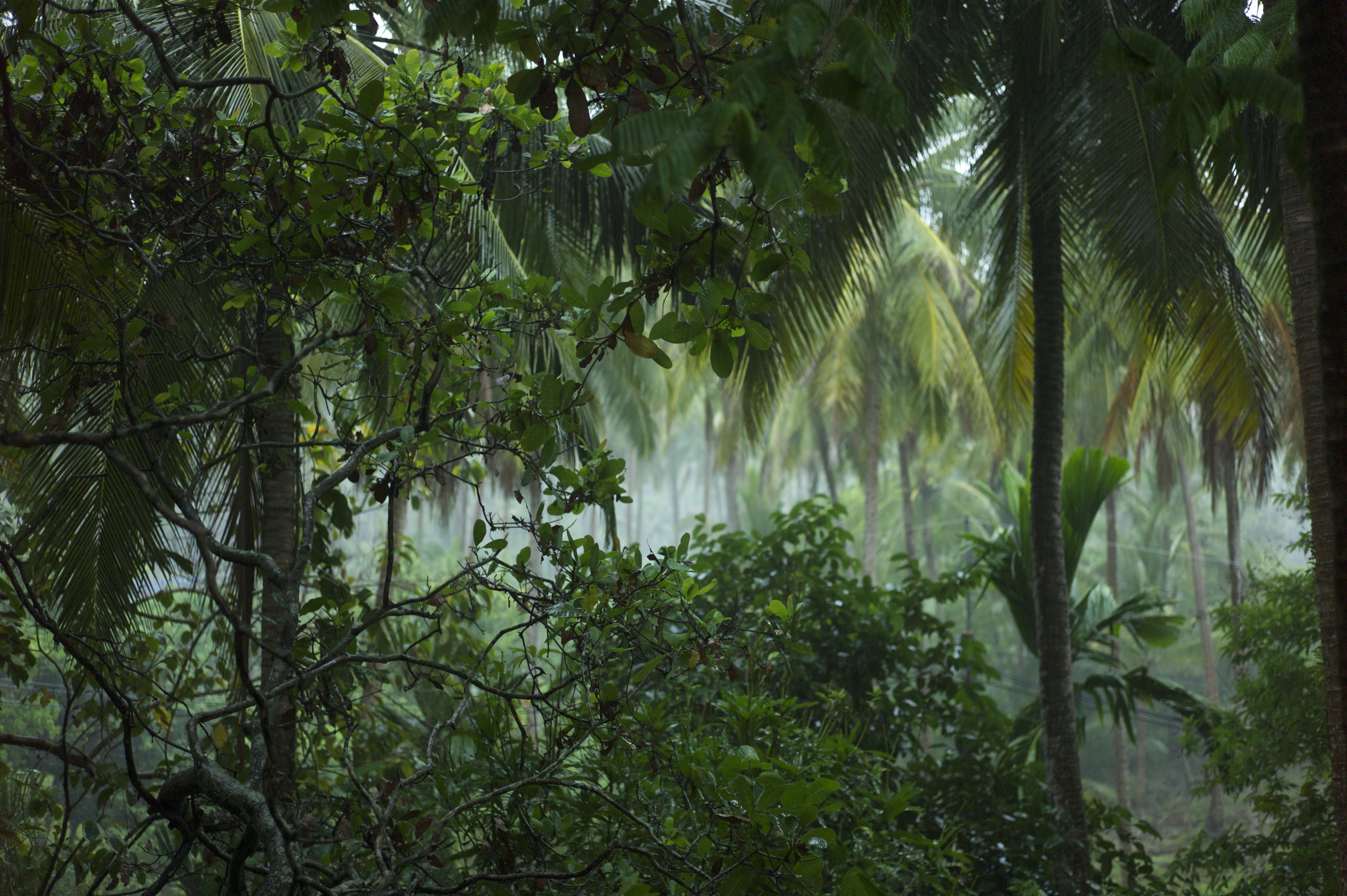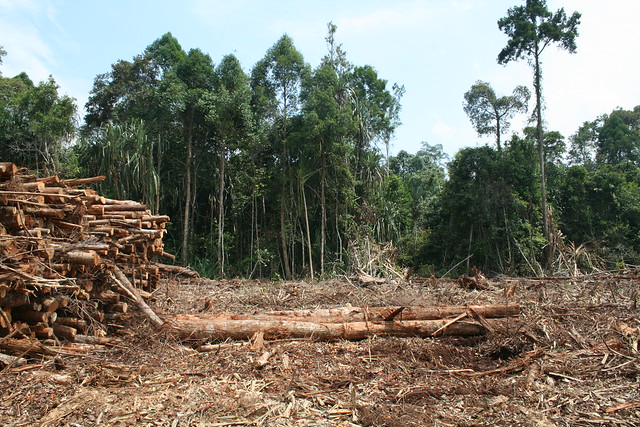
Tropical forests have a lot to offer: the richest concentration of biodiversity on the planet, a home for indigenous peoples, and the plants that are used to create many modern pharmaceuticals. In negotiations leading up to the UN Paris Climate Agreement, tropical forests were also formally recognized for their key role in fighting climate change.
Dr. Deborah Lawrence, professor of Environmental Science at the University of Virginia and an expert on global climate modeling, joined the National Climate Seminar to discuss how tropical forests regulate our climate. Hear her complete talk online here.
The root of the issue: Forests regulate the local climate
Forests have a big impact on climatic factors across the surrounding landscape. They serve as windbreaks, absorb sunlight and provide shade, and slow the movement of water out of the region. All of these services are important to agriculture in the tropics, and excessive deforestation could lead to lower crop yields in the near future. Dr. Lawrence uses computer models to examine how forest clearing affects the surrounding landscape. Her research highlights the importance of tropical forests in maintaining local water cycles.

Complex networks of tree roots keep water in the soil longer. As trees take up water through their roots and release it through their leaves, they increase the amount of water vapor in the air, which cools the area and causes rainfall across the surrounding landscape.
Climate models show that clearing tropical forests will reduce rainfall and cause a shift in rain patterns across both time and space. Many of the crops we depend on are vulnerable to this type of shift in rainfall, which means our future food security could be at risk.
Dr. Lawrence’s models demonstrate that a small forest clearing can actually increase rainfall for nearby cropland, but that this effect disappears quickly as the size of the clearing increases. And those clearings are definitely increasing. Forests are now being cleared at an astonishing rate—more than 80,000 acres are destroyed and another 80,000 acres are seriously damaged every day. The result will be a massive shift in rainfall patterns at every scale, from local to global.
Branching out: How forests regulate climate on a global scale
Photosynthesis drives forest growth. Through this process, plants use the sun’s energy to transform carbon from the atmosphere into the complex carbon-based sugars that they use to grow. Tropical forests are dense concentrations of large plants all photosynthesizing at once, taking large amounts of carbon out of the atmosphere and storing it as wood, leaves, and even dead matter that stays behind in the soil.

When tropical forests are cleared to make room for agricultural land, the process is rapidly reversed and all of that stored carbon is released. Today, tropical deforestation is responsible for 10% of human-caused greenhouse gas emissions.
This could look bleak, but instead Dr. Lawrence sees hope. Tropical deforestation and degradation may be causing 10% of our global climate crisis, but with proper care, these same forests could become up to 30% of the solution. By managing and conserving tropical forests, we can ensure that high rates of photosynthesis and the accompanying carbon storage continue into the future. This is especially important because greenhouse gas emissions have been so high for the past century that we can’t fight climate change just by reducing carbon pollution.
The only way to keep climate change under control is to reverse the process by taking carbon back out of the atmosphere. Tropical forest trees are the best tool for the job.

